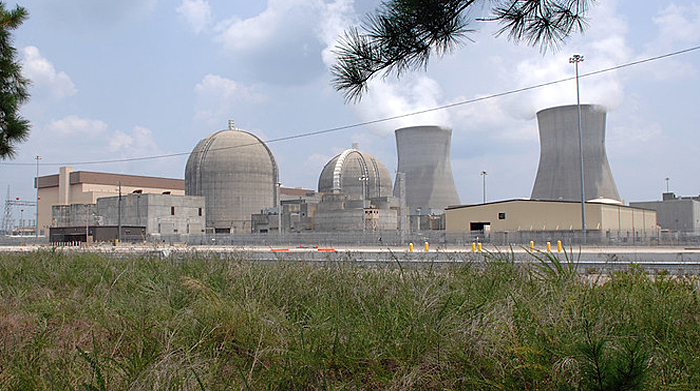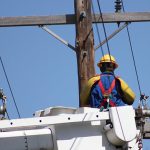Georgia Power Launches New Nuclear Reactor

Image courtesy of the Nuclear Regulatory Commission under Attribution-NonCommercial-NoDerivs 2.0 Generic License, resized to 700 x 391 pixels.
Georgia Power has brought online the first new full-scale nuclear reactor to be built in the U.S. in over 30 years – Unit 3 at Plant Vogtle. Unfortunately, the cost and timeline that the utility had to endure to get it done could serve as a deterrent to other utilities that may be considering nuclear power as a clean energy source.
Snapshot of Georgia Power’s New Nuclear Reactor
The first 2 units of Plant Vogtle have been in operation for decades. Unit 3 was just completed, and Unit 4 is nearing completion (expected March 2024). Unit 3, which went live in July 2023, can pump out 1,100 MW of electricity, enough to power 500,000 homes and businesses in Georgia, Florida, and Alabama.
The utility ran into many obstacles during the development cycle. In the end, Unit 3, which started construction in 2009, came in at a whopping $17 billion over budget and took 7 years longer to build than expected. From what I can gather, the total cost of Units 3 and 4 will come in at $35 billion, much higher than the original estimate of $14 billion.
That may force other utilities considering full-scale nuclear power to think twice. From a life-cycle perspective, the high construction cost will likely eliminate the benefit of low-cost nuclear power for Georgia Power’s customers going forward. Because of this, other utilities may simply follow the existing trend of developing smaller reactors to avoid the cost and schedule overruns that Vogtle experienced.
I’m not sure if this is good or bad news from an industry perspective. A better view is that it provides clarity on the path for nuclear energy in the future. I think, given the push to clean energy, that nukes can only help reliability, but at what cost? For this reason, my guess is that new nuclear reactors will be developed, but they will be of the smaller-scale variety, at least in the U.S. Time will tell.



